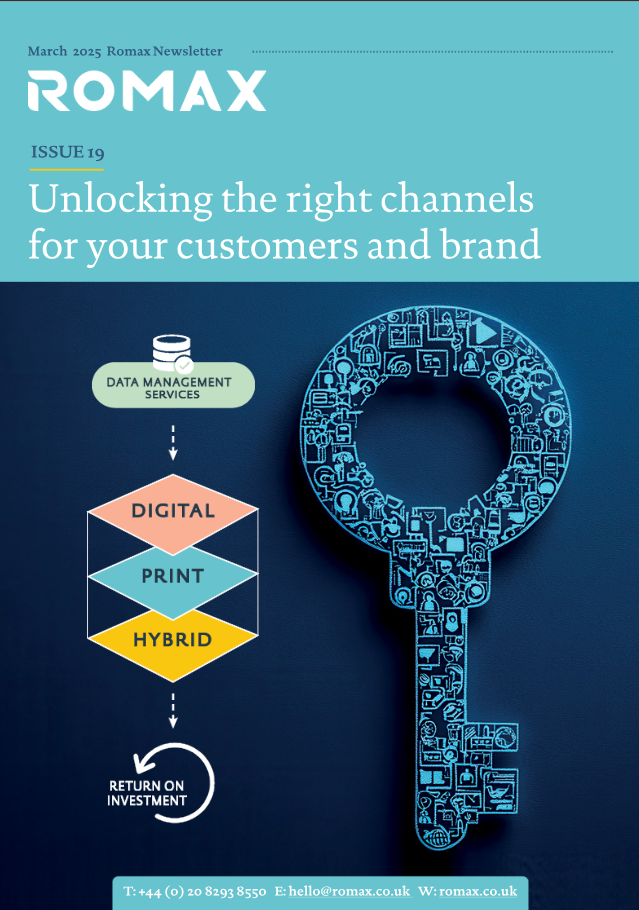With most people spending the vast majority of their days at home, being able to get a piece of mail or a door drop directly into the hand is a big advantage for any brand, particularly at a time when marketing is dominated by TV and online. Offering something physical that communicates an appropriate message can be a powerful way to build a brand or ensure loyalty once this is all over. And for charities whose donation levels have been hit hard by the virus, direct mail offers valuable levels of engagement and ROI.
Done well, direct mail has the power to stop people in their tracks, grab their attention and compel them to take action. The physical nature of the medium also means that it’s likely to stay around in the home for longer – 17 days according to the Royal Mail study ‘The Private Life of Mail’.
However, since paper and card are very physical mediums, they have come under the spotlight, with concerns expressed about whether people can catch coronavirus simply by touching. So, we have researched the facts relating to Covid-19 transmission through paper surfaces.
The facts
Research and guidance from the world’s leading health organisations, including the World Health Organisation (WHO), The Journal of Hospital Infection, and the National Institute of Allergy and Infectious Diseases, suggests that the risk relating to Covid-19 transmission from surfaces is relatively low. According to the World Health Organisation, “The likelihood of an infected person contaminating commercial goods is low and the risk of catching the virus that causes COVID-19 from a package that has been moved, travelled, and exposed to different conditions and temperate is also low.”
The most referenced scientific research on the subject of surface rate of infection is from the National Institutes of Health (NIH), Centers for Disease Control (CDC), UCLA, and Princeton University, which studied how stable the coronavirus was on different surfaces. It found that of plastic, stainless steel and cardboard, the virus lasted the longest on plastic (up to 72 hours) and the shortest on cardboard (up to 24 hours). That time is shortened when the surface is exposed to air, with the virus becoming less and less potent the more it’s exposed. The printing process will also decrease the potency of any virus.
Ahead of the curve
In any crisis, marketing is usually the first budget to be slashed. But marketing experts agree that continuing to communicate with customers during a crisis is vital for brands, keeping them front-of-mind for consumers that will want normal life to return as quickly as possible once this situation is over.
“The best time to market to people is when others are not,” said Robin Sumner, Managing Director of marketing agency Romax. “After the initial panic subsides and the society accepts the ‘new normal’, then trade will return swiftly – those that have continued to promote during that time will be ahead of the curve.”
The information for this article was sources from Two Sides. For the original articles please read The facts related to Covid-19 transmission through paper surface and Direct mail provides opportunity for brands to cut through the noise.
« Advice sheet: do’s and don’ts to help protect you against scam or phishing emails and texts. Safe Working Practices »



